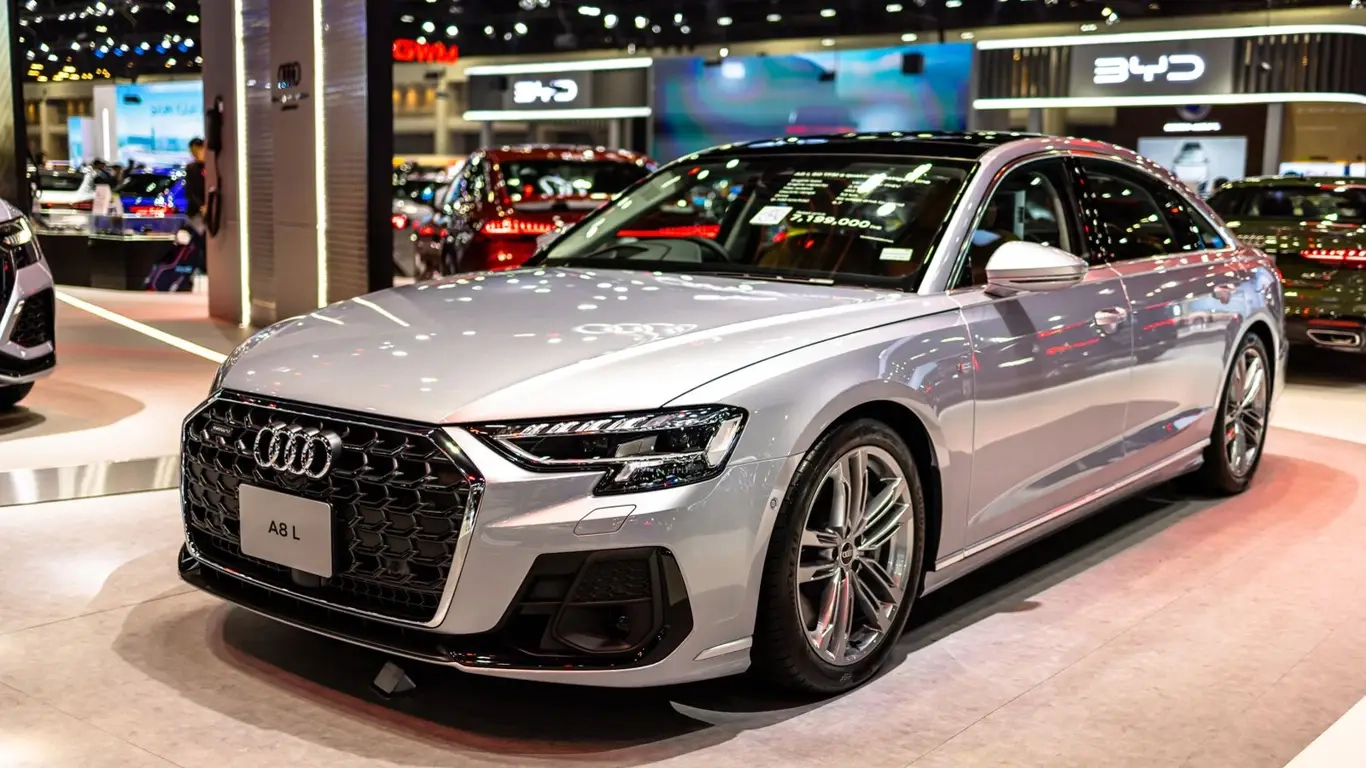Audi A8 in limbo: flagship plan stalls after Porsche and Bentley exit


Audi A8’s future is uncertain as flagship EV is delayed. Porsche and Bentley quit Landjet, leaving Audi without a platform; it may extend A8 or scale A6 e-tron.
The future of the Audi A8, once a byword for German luxury, has been thrown into doubt. The company is grappling with a prolonged crisis, and the next-generation A8, previously expected in 2027, will not arrive on schedule. The Landjet program, developed together with Porsche and Bentley, has effectively been put on ice as the partners exited the project, leaving Audi to shoulder it alone.
Originally, the A8’s successor was intended to become the brand’s electric flagship, riding on a new platform and sharing its architecture with the forthcoming Porsche K1 and a Bentley EV. That plan has unraveled: Porsche has stepped away from a pure-electric version to focus on a hybrid, while Bentley chose the new Cayenne’s base for its first electric model. This shift leaves Audi without a suitable platform—and without a realistic way to recoup the cost of a bespoke chassis for a single car.
Today the brand has only two architectures—PPC for combustion models and PPE for EVs—but neither is tailored to a vehicle of this class. Without a flagship, Audi risks yielding ground to the Mercedes S-Class and BMW 7 Series, a trajectory reminiscent of Lexus after the LS was dropped. In the top tier, continuity matters: a gap at the summit of the lineup tends to echo across the rest of the range.
Sources say the company is weighing stopgap moves: extending the current A8’s life to 2026 or introducing an enlarged version of the new A6 e-tron. Time, however, is running short—once the current A8 bows out, Audi could temporarily be left without an executive sedan at all.